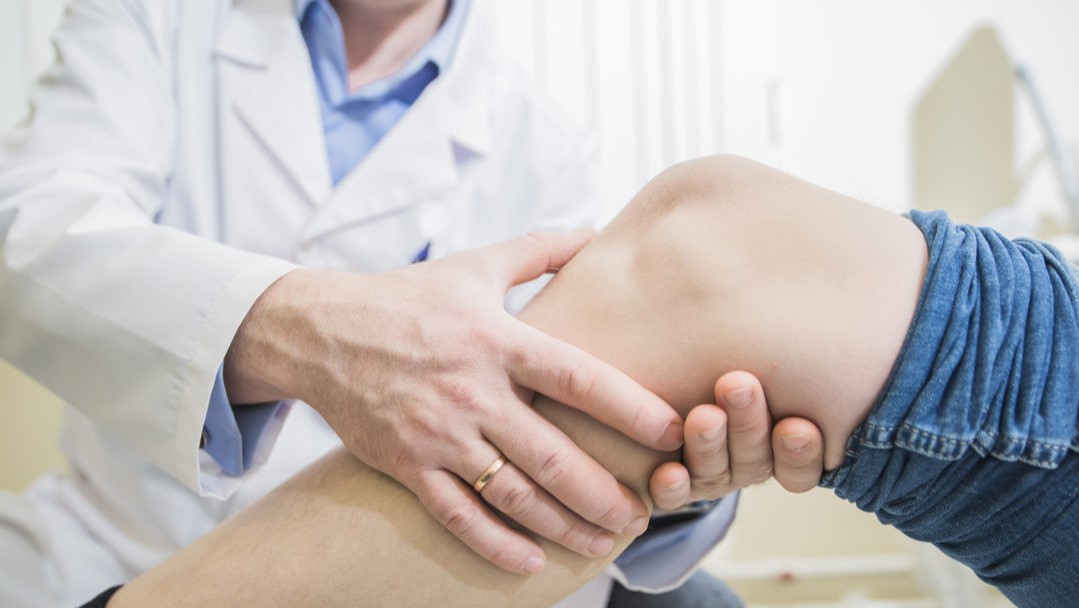Meniscus Tears
Meniscus tears can be debilitating and painful like several other knee injuries It occurs mostly in people playing contact sports like football, cricket, etc. The meniscus is a piece of cartilage present in your knee that balances and supports the knee joint. The cartilage protects the knee bones against wear and tear. However, a sudden twist of the knee may cause a meniscus tear. There are cases of meniscus tears where the shredded cartilage piece tears away and gets caught in the knee up, locking it up.
Older athletes are at greater risk of meniscus tears, and most patients are above the age of 65.

Causes
- Traumatic injury while playing contact sports
- The sudden jerk of the knee joint
- Growing age leads to degenerative meniscus tears
Symptoms
- Popping sensation
- Pain
- Swelling
- Locking of knee
- Inability to bend or straighten the leg
- Inability to move the affected knee
Diagnosis
- X-Rays
- MRI
- Ultrasound
- Physical examination
Treatment
When the meniscus tear is small and exterior, non-surgical treatments can easily help, such as:
The RICE protocol: Rest, Ice, Compression, and Elevation. Take a break from your daily activities that include movement of your legs, and use crutches for an emergency. Use ice packs for around 15-20 minutes at least 3-4 time in a day. You can prevent swelling and loss of blood by wearing an elastic compression band. Lastly, keep your leg raised above the height of your chest to minimize swelling,
Non-steroidal anti-inflammatory drugs (NSAIDs): Your orthopedist may prescribe you drugs like ibuprofen and aspirin to control pain and swelling.
Surgical Treatments
For persistent symptoms after non-surgical treatment methods, the doctor will recommend arthroscopic surgery. Knee arthroscopy is among the most popular procedures. It is performed with a small camera and surgical equipment passed through a small incision made in the affected knee bone. It repairs or trims the tear as needed. The process is categorized into two types:
Partial meniscectomy: The damaged or torn meniscus tissue is trimmed during the surgery.
Meniscus repair: For some meniscus tears, the surgeon uses sutures to get the torn pieces together. The successful completion of this procedure depends on the type of meniscus tear and its overall condition.
The recovery time of a meniscus tear surgery is longer as it takes longer to heal back together.
Consult the best orthopedic team working under Dr Reddy for an accurate treatment plan.
Book your appointment today to get proper diagnosis and treatment for your shoulder fracture.
Book your appointment today to get proper diagnosis and treatment for your shoulder fracture.
Interventions
Important Links
Contact Us
Room No: 338, 3rd Floor
Yasodha Hospital
Somajiguda, Hyderabad.
+91 99499 99499
drtdrreddy@hotmail.com
